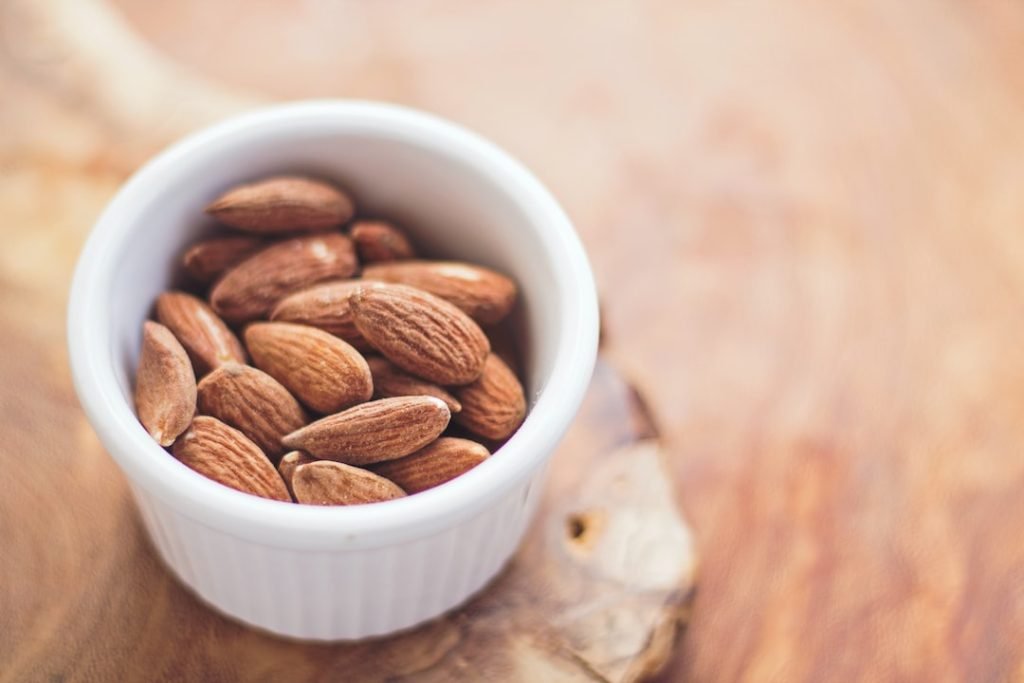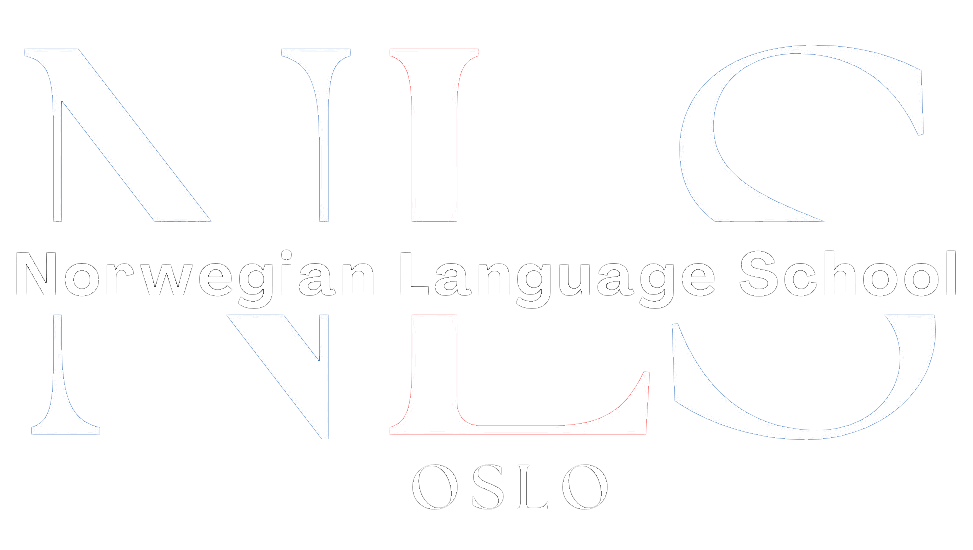

The Flavors of Norwegian Cuisine: Adjectives for Food and Taste
Norwegian cuisine is a reflection of the country’s rich cultural heritage and natural resources. With its long coastline, mountains, and fertile land, Norway offers a diverse range of ingredients that are used to create unique and flavorful dishes. From savory and hearty meals to sweet and indulgent desserts, Norwegian cuisine has something to offer for every palate. In this article, we will explore the importance of adjectives in describing Norwegian cuisine and how they can enhance our understanding and appreciation of its flavors.
Table of Contents
ToggleKey Takeaways
- Norwegian cuisine offers unique flavors that are worth exploring
- Adjectives play a crucial role in describing Norwegian food and taste
- Traditional Norwegian dishes are savory and hearty
- Norwegian desserts and pastries are sweet and indulgent
- Seafood and vegetables in Norwegian cuisine are fresh and light
The Importance of Adjectives
Adjectives play a crucial role in describing food as they help us paint a vivid picture of its taste, texture, and overall experience. When it comes to Norwegian cuisine, using specific adjectives becomes even more important as it allows us to capture the essence of its unique flavors and ingredients. By using descriptive words, we can convey the richness, freshness, spiciness, or any other characteristic that defines a particular dish or ingredient.
Savory and Hearty Dishes
Norwegian cuisine is known for its savory and hearty dishes that are perfect for cold winter nights or after a long day of outdoor activities. Traditional dishes like lutefisk (dried fish soaked in lye), rakfisk (fermented fish), and fårikål (mutton stew) are examples of the rich flavors that Norwegian cuisine has to offer. These dishes are often described as robust, flavorful, and satisfying. The use of adjectives such as tender, succulent, and aromatic helps to convey the textures and aromas that make these dishes so special.
Sweet and Indulgent Desserts
| Dessert | Calories per serving | Sugar per serving | Fat per serving |
|---|---|---|---|
| Chocolate Cake | 350 | 25g | 18g |
| Ice Cream Sundae | 500 | 40g | 25g |
| Cheesecake | 450 | 30g | 20g |
| Apple Pie | 300 | 20g | 12g |
Norwegian desserts and pastries are famous for their sweetness and indulgence. Krumkake (thin waffle cookies), lefse (soft flatbread), and riskrem (rice pudding) are just a few examples of the delightful treats that can be found in Norway. These desserts are often described as decadent, rich, and creamy. The use of adjectives such as velvety, luscious, and heavenly helps to capture the luxurious and indulgent nature of these sweet delights.
Fresh and Light Seafood and Vegetables
Seafood and vegetables play a significant role in Norwegian cuisine, thanks to the country’s long coastline and fertile land. Freshly caught fish like salmon, cod, and herring are staples in Norwegian cuisine and are often described as delicate, tender, and flavorful. Vegetables such as potatoes, carrots, and cabbage are also commonly used in Norwegian dishes and are known for their freshness and lightness. Adjectives such as crisp, vibrant, and refreshing help to convey the qualities that make these ingredients so appealing.
Rich and Creamy Dairy Products

Dairy products are an essential part of Norwegian cuisine and are used in a variety of dishes. From creamy cheeses like brunost (brown cheese) to rich butter and yogurt, Norwegian dairy products are known for their quality and taste. These products are often described as velvety, smooth, and indulgent. Adjectives such as creamy, luscious, and decadent help to capture the richness and creaminess that make Norwegian dairy products so special.
Bold and Spicy Cured Meats and Spices
Cured meats and spices add bold flavors to Norwegian cuisine. Traditional dishes like rakfisk (fermented fish) and fenalår (cured lamb leg) are examples of the bold flavors that can be found in Norwegian cuisine. These ingredients are often described as robust, smoky, and spicy. Adjectives such as fiery, pungent, and aromatic help to convey the intense flavors that these ingredients bring to Norwegian dishes.
Earthy and Nutty Bread and Grains
Bread and grains are an integral part of Norwegian cuisine. Rye bread, flatbread, and barley are commonly used in traditional Norwegian dishes. These ingredients are often described as earthy, nutty, and wholesome. Adjectives such as hearty, rustic, and flavorful help to capture the natural and comforting qualities that Norwegian bread and grains bring to the table.
Refreshing and Tart Beverages and Juices
Beverages and juices are an important part of Norwegian cuisine. From traditional drinks like aquavit (a distilled spirit) to refreshing fruit juices, Norwegian beverages offer a wide range of flavors. These drinks are often described as refreshing, tart, and invigorating. Adjectives such as zesty, tangy, and crisp help to convey the lively and vibrant nature of Norwegian drinks.
Balancing Flavors
One of the unique aspects of Norwegian cuisine is its ability to balance flavors. By combining different ingredients and using contrasting adjectives, Norwegian dishes achieve a harmonious blend of tastes. For example, a dish may be described as both rich and tangy or creamy and spicy. This balance of flavors creates a complex and satisfying culinary experience that is unique to Norwegian cuisine.
In conclusion, adjectives play a crucial role in describing Norwegian cuisine and enhancing our understanding of its unique flavors. Whether it’s the savory and hearty dishes, sweet and indulgent desserts, fresh and light seafood and vegetables, rich and creamy dairy products, bold and spicy cured meats and spices, earthy and nutty bread and grains, or refreshing and tart beverages and juices, adjectives help us capture the essence of Norwegian cuisine. So why not give Norwegian food a try? Experiment with adjectives to describe its unique flavors and embark on a culinary adventure that will delight your taste buds.

Norwegian A1-A2
Course Overview The Norwegian A1-A2 course is an online program focused on teaching essential Norwegian grammar and vocabulary. It includes a variety of materials and topics, with opportunities to interact with a Norwegian teacher entirely online. Curriculum Highlights The course covers key areas such as grammar and vocabulary and topics such as family, daily life, education, work, traditions, and leisure activities. Who Should Enroll? This course is perfect for beginners or those at the A1 or A2 levels who want to improve their Norwegian skills. What You Get Access to the full Norwegian A1-A2 course. A monthly 1-hour online conversation with a teacher. Many written and oral assignments. Comprehensive information on Norwegian grammar, Norwegian vocabulary and how to use them, important sentence structures, etc. Tips on additional resources to further enhance your Norwegian learning.
0 students enrolled
Last updated Dec 10th, 2024
If you want to learn Norwegian, you can register for classes here. We look forward to hearing from you and helping you become fluent in Norwegian.






